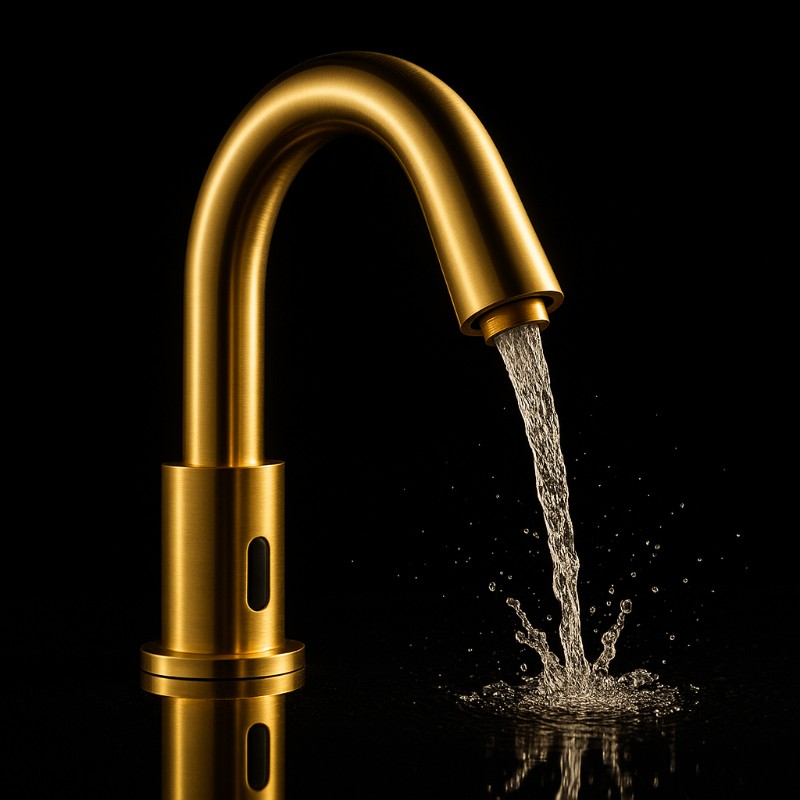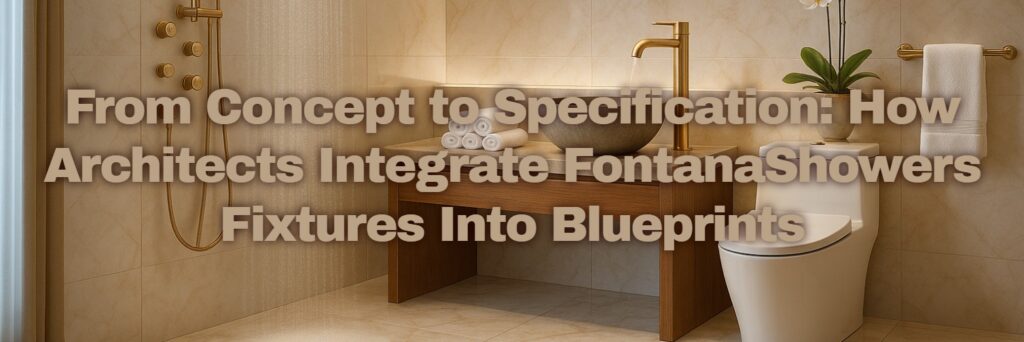
Designing sophisticated, modern rooms of the day, architects themselves well understand that it’s all about details. Design aspects like showering systems, faucets, and spa facilities are no longer functional inserts anymore—that’s correct, design statements. One such brand becoming ever more worth considering in luxurious residential and commercial structures is FontanaShowvers. Due to its popularity in innovation and further engineering, FontanaShowvers has always been the go-to choice for the architect whenever they attempt to devise an integration of functionality, fashion, and reliability into their buildings.
Process of architects while they move from conceptualization to actual plans with FontanaShowers as the focal point of their building interior design and plumbing is the process highlighted in the article.
1. Design Vision and Brand Coordination
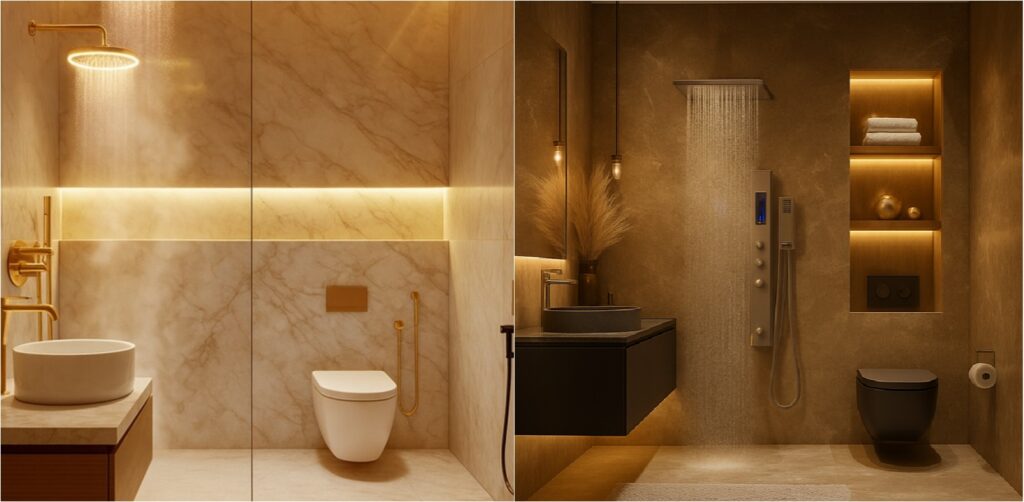
Most critical is conceptual compatibility when integrating FontanaShowers solutions and architecture. Architects remember the vocabulary aesthetic under which they are immersed, i.e., minimalist chic contemporary, luxurious classic sophistication, industrial coolness, or spa-like relaxation. The most lovely aspect of FontanaShowers is that there are not a myriad of styles, e.g., waterfall LED faucets and touchless bathroom appliances, to offer versality in multiple design settings.
Architects are likely to refer to FontanaShowers’ product inspiration boards, spec cards, and product data when specifying individual product options for corresponding project mood boards. Chrome, matte black, or brushed gold and thermostatic, sensor technology, or Bluetooth systems are all engineered with product choice as a mood factor.
2. Relationship with Customers and Consultants
Once produced to specifications for application, architects meet with clients, interior designers, and MEP engineers. These are not to discuss appearance and feel but even to functional needs such as:
- Interoperability with water pressure
- ADA compliance
- Touchless technology for business application
- Anti-scald protection for home application
- Water-conserving function that is sustainable
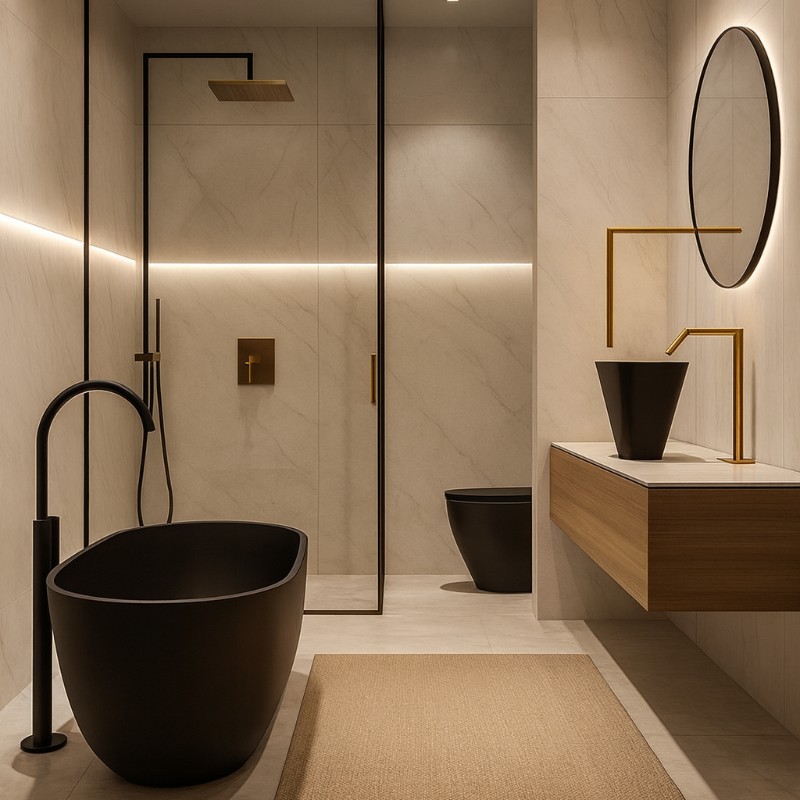
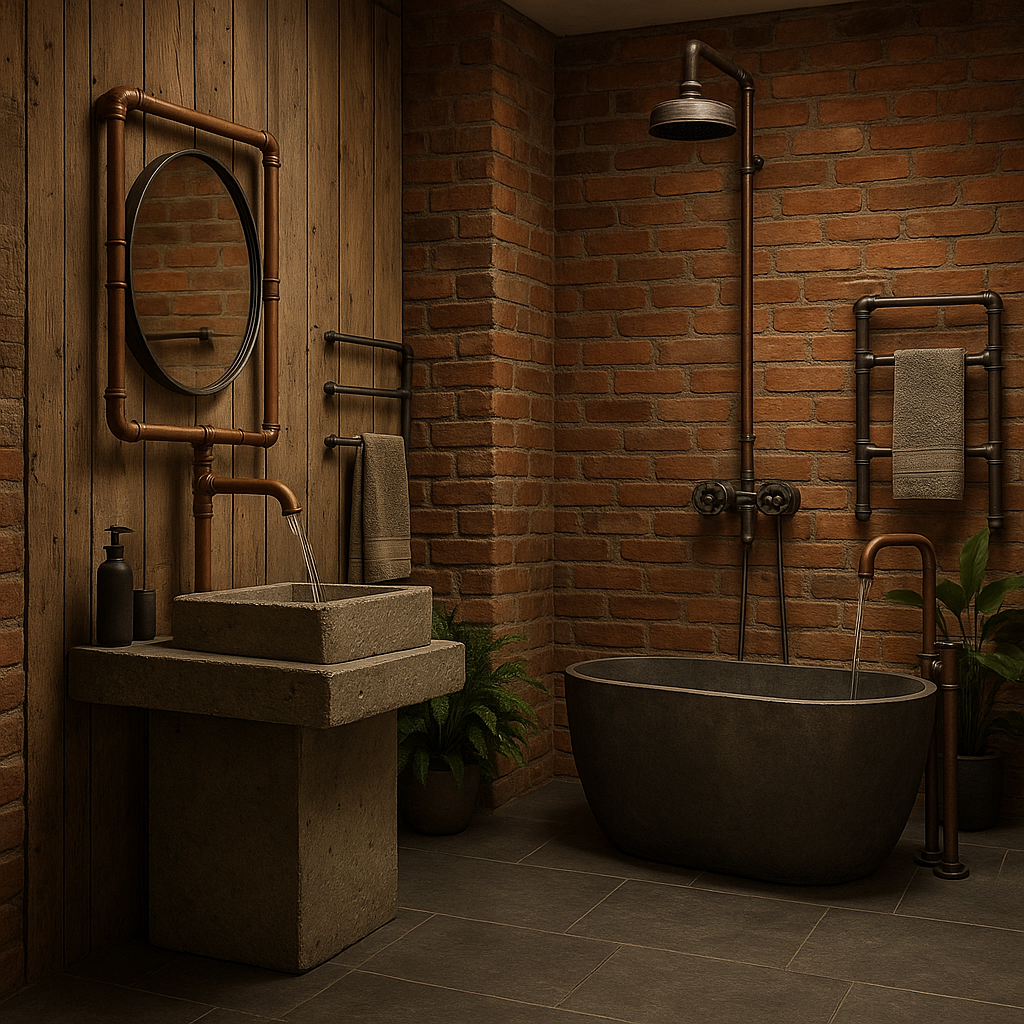
Designers scrutinize FontanaShowers’ comprehensive product data sheets and BIM/CAD files (where available) in depth to confirm conclusions. The sheets are user-friendly guides to the process of confirming that fixtures will correctly install into building systems designed and meet local codes and regulations.
3. Integration Into Schematic and Detailed Designs
Fixture placement in schematic design is noted from circulation routes and space plan. Sinks, bathtubs, showers, and panels are marked with placeholder symbols in place of architects and called generically until models are made. To arrive at design development, specifications of FontanaShowers are translated into architectural drawings.
FontanaShowrooms helps architects with:
- 3D models and Revit files for BIM coordination
- Dimensional drawings for proper spacing
- Installation details like plumbing and structural requirements
This information is computer-keyed onto the building CDs, i.e., marked-up elevations, plumbing riser plans, sections.
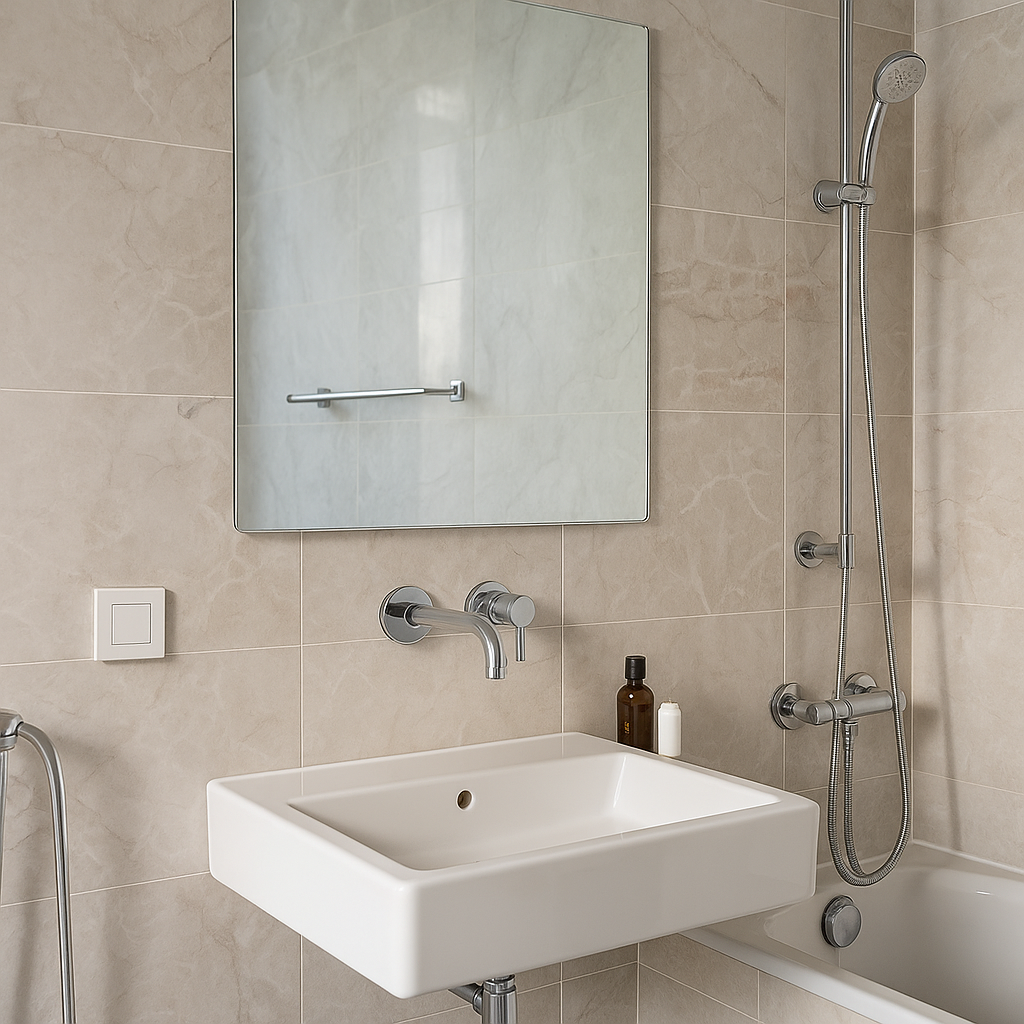
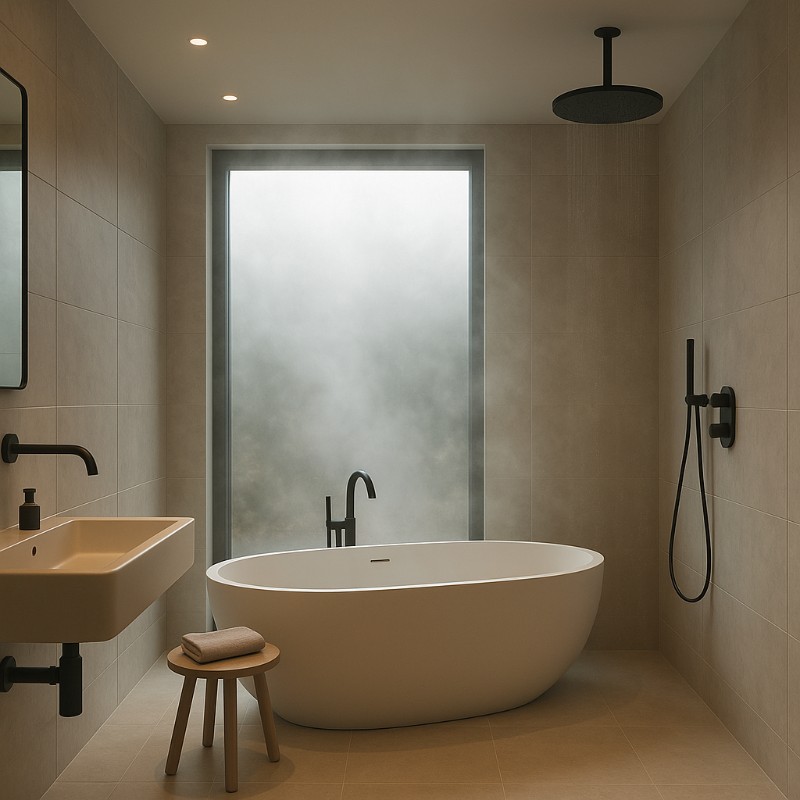
4. Technical Coordination and Value Engineering
Technical coordination of plumbers, structural engineers, and HVAC specialists negates a voted selection of fittings incompatible with ducts, beams, or pipe chases. Electronic shower panel or LED rain ceiling requires electricity with water feed, and in other instances the requirement is one junction box or recessed mounting ceiling.
In all of those, budgeting would be the obligation to be met by an architect, and value engineering cycle should be executed. FontanaShowers’ large family of products provides interchangeability with comparable but less expensive products without sacrificing design intent. One can therefore readily provide consistency in mass installations like resorts, hotels, or hospitals.
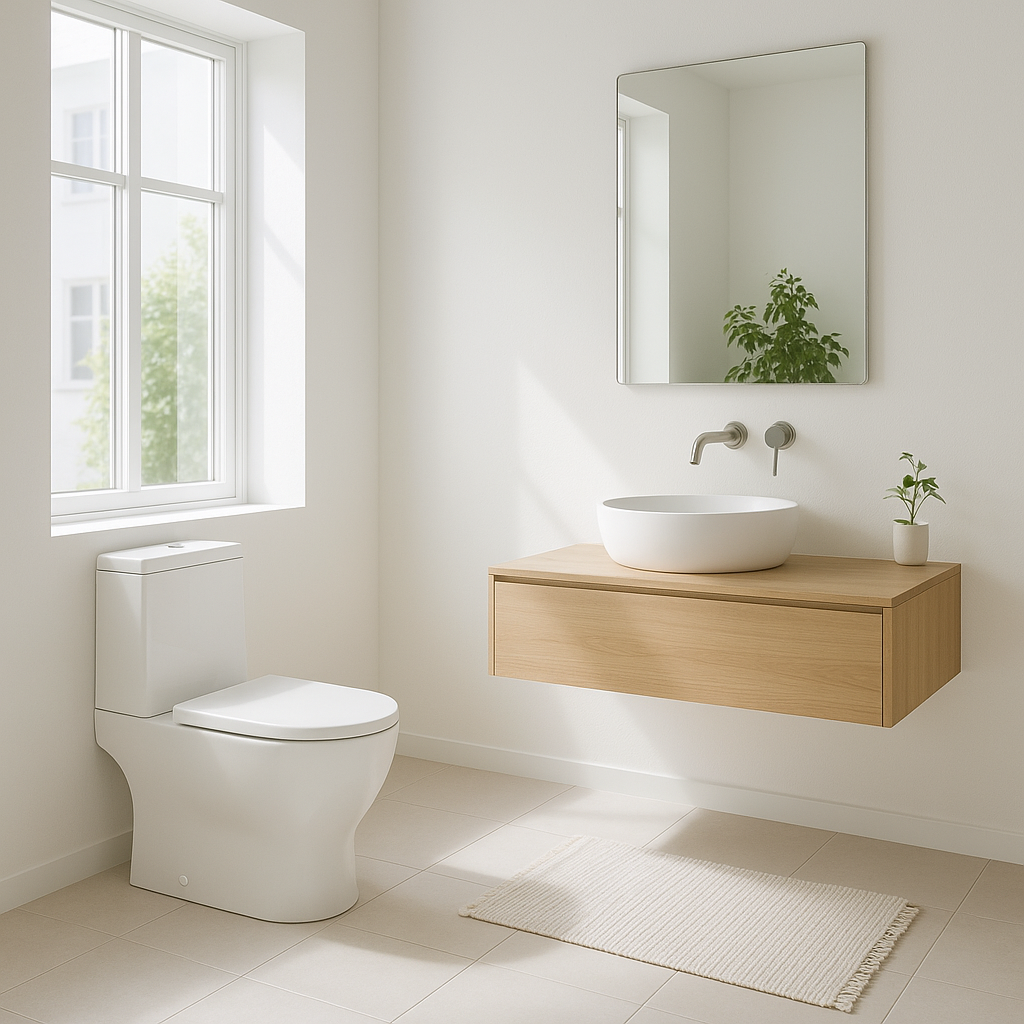
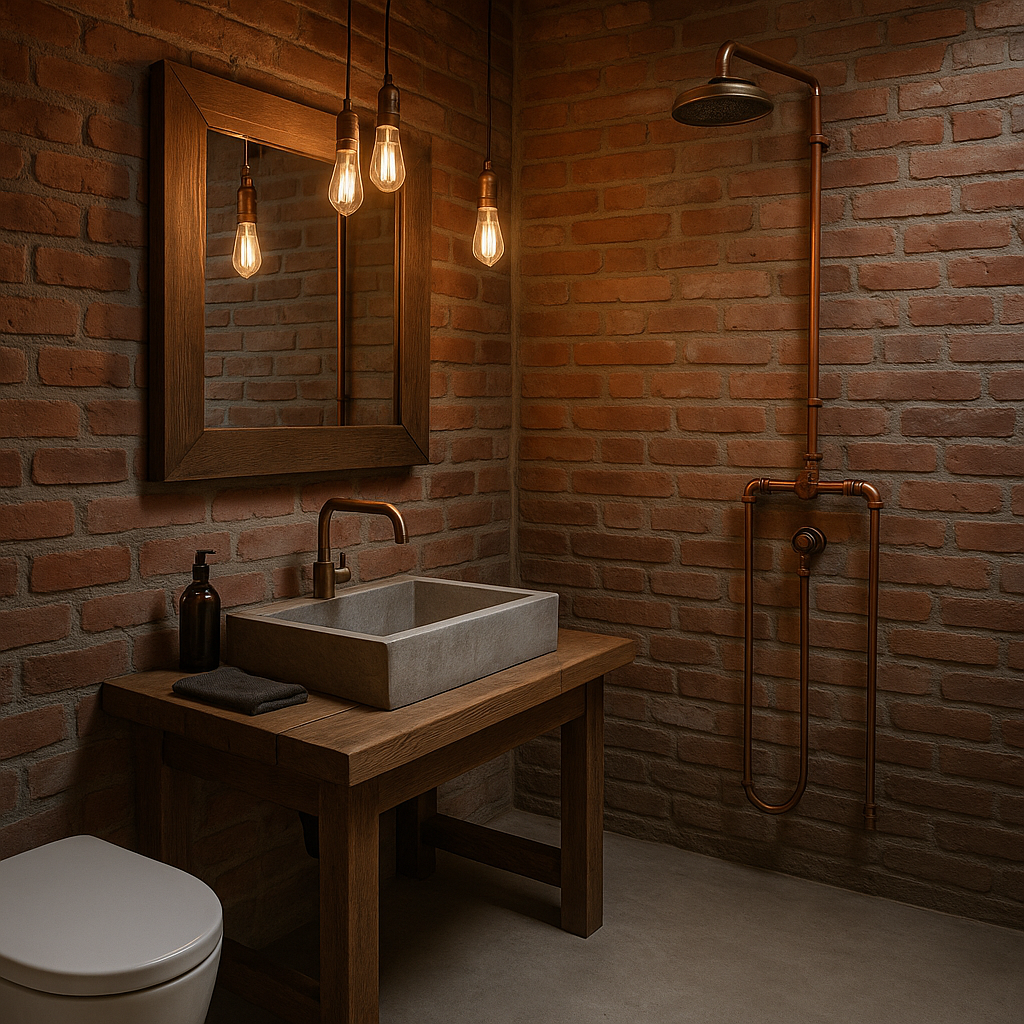
5. Specification and Procurement Documentation
With specs finalized, architects prepare fixture schedules that contain:
- Product name and SKU
- Finish and material
- Information on performance and flow rate
- Installation type (deck-mounted, wall-mounted, ceiling-mounted)
- Coordination comments
All streamlined by FontanaShowers by cut sheets, warranties, and certifications (e.g., UPC, WaterSense) for all products. Of value for contractors and purchasing agents to have when ordering.
Other companies’ electronic spec tools that are used include MasterSpec, SpecLink, or BIMobject, where data from FontanaShowwers can be imported into discipline-standard reference material.
6. Site Installation and Integration Management
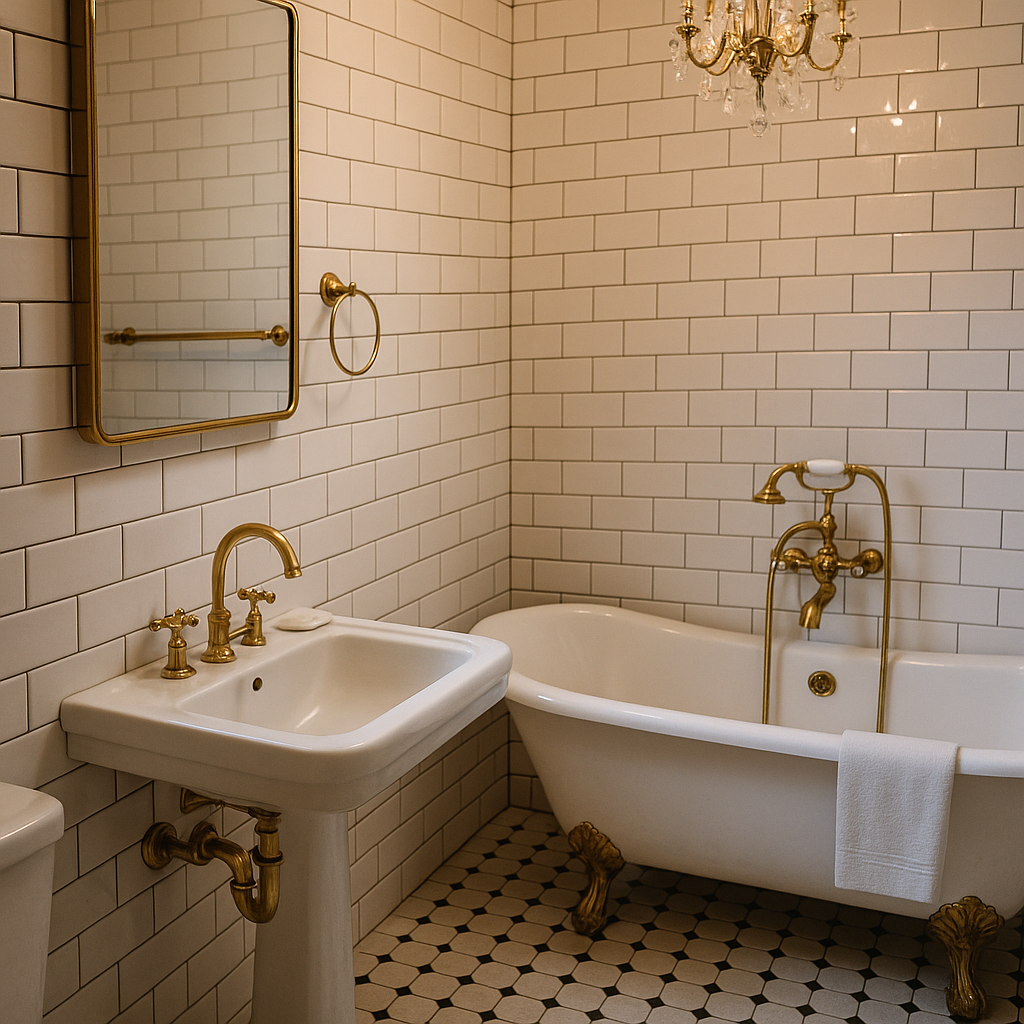
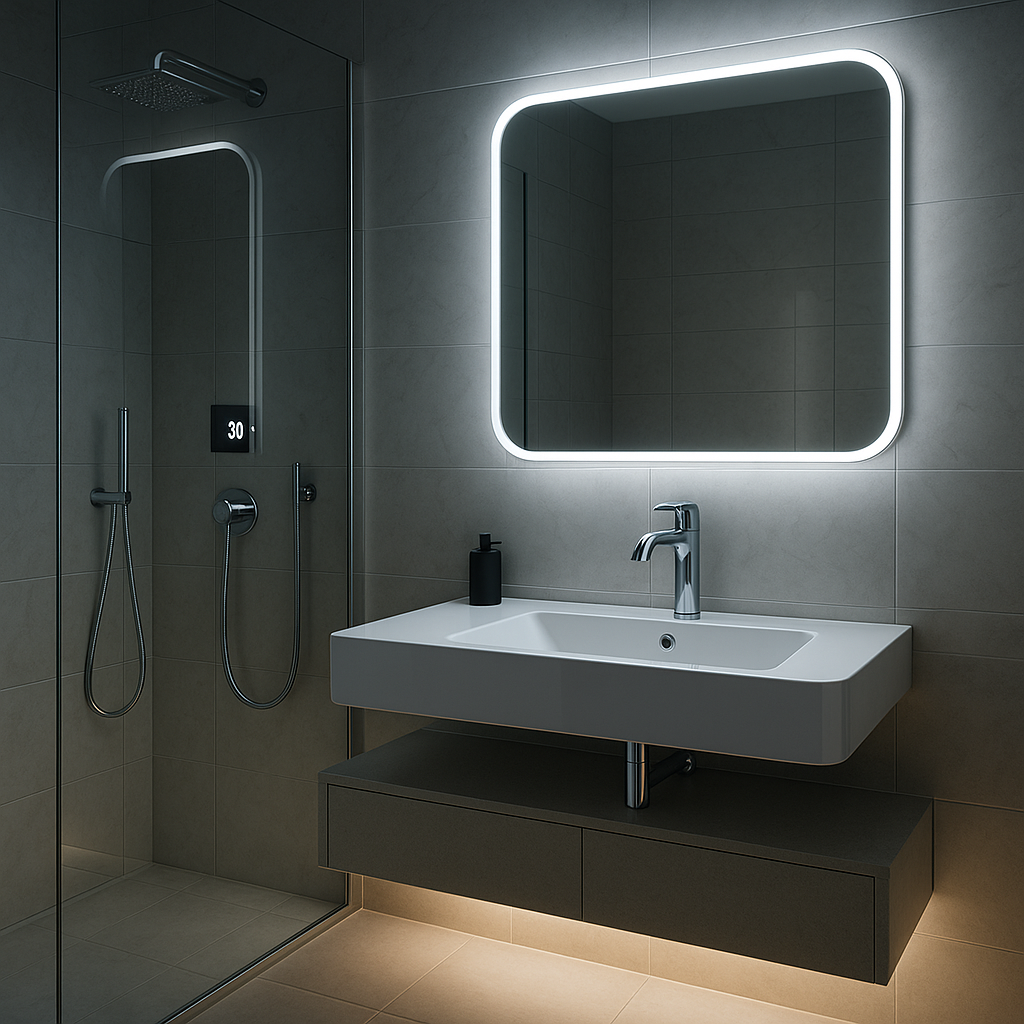
Architects make frequent site visits to the building to verify installations against specifications. Misalignments are a consequence of subcontractors’ unauthorized use of outdated drawings or alternative materials. Architects would avoid this by:
- Shop submittal and marked drawings
- FontanaShowers installation guidelines
- Coordination meetings with the trades
Architects appreciate FontanaShowers for excellent technical support and services that can offer solutions on site to water inlets, anchoring brackets, or maintenance completions.
7. Final Presentation and Post-Construction
Aesthetics and end user experience are of utmost concern for the rest of construction phases. The fixtures are tested, installed, and inspected. FontanaShowers’ products like its LED shower, smart faucet, and spa jets become showpieces when customers carry out inspections and photography of the property.
Even the name of the company could be utilized by architects in mentioning awards or submissions of projects, for example, citing FontanaShowers as one of the value added services that provided the site with a quantum leap from the ordinary to the extraordinary.
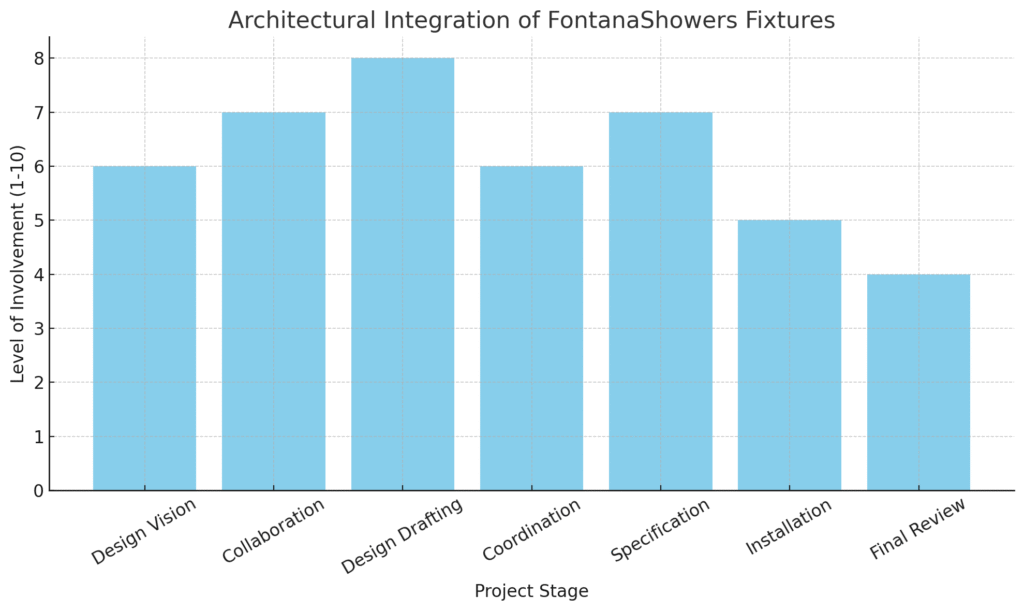
Conclusion
From dream design to planning precision, architects welcome seasoned colleagues such as FontanaShowers to make their dream a reality. Diversification, design-oriented catalog, and technical support provide the company with its unique capability to design both in contemporary and traditional environments.
No matter whether one is opening a penthouse spa luxury, a wellness center steam room, or a boutique hotel bathroom, designers can have confidence that FontanaShowers products are not products—descriptions of the built setting.
| Stage | Key Activity | FontanaShowers Support |
|---|---|---|
| 1. Design Vision | Align fixtures with design theme | Wide style & finish options, inspiration materials |
| 2. Collaboration | Coordinate with clients & consultants | Spec sheets, compliance info |
| 3. Design Drafting | Add products to blueprints & technical drawings | CAD/BIM files, installation guides |
| 4. Coordination | Ensure fit with structure & plumbing systems | Tech data for clash resolution |
| 5. Specification | Finalize fixture lists for purchase | Cut sheets, certifications, spec templates |
| 6. Installation | Oversee accurate on-site placement | Manuals, customer support |
| 7. Final Review | Test, showcase, and photograph | Visual appeal, marketing value |
